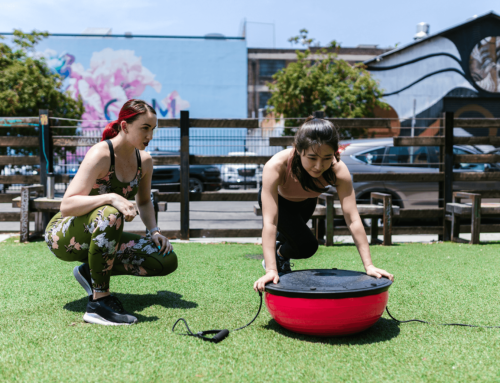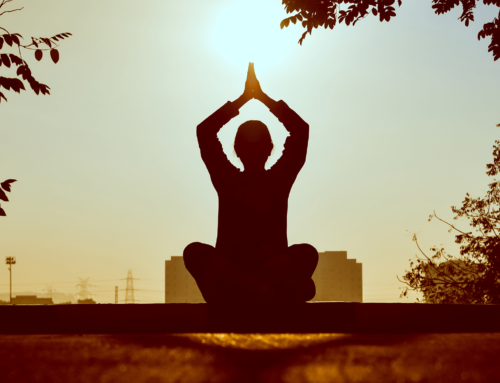To Carb(ohydrates) or Not To Carb?
TL;DR, Carbohydrates are broken down by the body to form muscle glycogen to provide energy. Unless you’re sensitive to carbs (it causes bloating or gut/diabetic issues), your body will more often than not benefit from a healthy amount of nutrient (and fibre) dense carbs. If you want to find out more about the why, read on.
——-
Truth is, nutritions should be varied once you understood which energy system you are/should be using while going through your daily lifestyle (be it sedentary, weightlifting or simply sprinting 400m repeats with your kids on the bike), you’ll be able to understand what type of food your body needs. This article aims to give you a simple and clear overview of what your body does to give you energy to sustain your activity.
Before we dive into the simple stuff, lets get the big words out of the way.
- Adenosine Triphosphate (ATP) = ATPs are stored in your muscles. One Adenosine molecule bonded to Three phosphate Group. When one of the 3 phosphate group bond is broken off, energy is created and they form what is known as ADP.
- Adenosine Diphosphate (ADP) = One Adenosine molecule bonded to Two phosphate Group. These are then joined back by a phosphagen molecule to reform ATP.
- Glyco_something = Sugar/Related to Sugar
- Lactic Acid, Hydrogen Ion and Pyruvate (some of the waste matters produced by Anaerobic system)
- Aerobic = Oxygen involved
- Anaerobic = No Oxygen involved
Key point: There are 3 ways to get Energy from your body.
-
- ATP, Phosphagen (ATP-PC) System
- Glycolytic System (Anaerobic)
- Oxidative System (Aerobic)
System 1, the ATP/Phosphagen System provides energy through the ATP that are stored in your muscle fibres. This energy system primarily supports movements from 1-10 seconds (E.g Moving your finger to scroll this. / Jumping out of the way of a cockroach. / A 100m sprint in the olympic.).
System 2, the Glycolytic System provides energy by utilising the breakdown of muscle glycogen to create more ATP. This energy system supports movements that last longer than 10seconds and is the primary energy source up to 90 seconds of sustained effort.
System 3, the Oxidative System provides energy through usage of glycogen, fats and oxygen to replenish ATP. This energy system supports continuous movements that lasts longer than 90 seconds, up to a few hours.
Contrary to a common misconception, the energy systems doesn’t work independently. Instead, they contribute all the time simultaneously at a varying percentage.
With that said, can you see a common denominator in the systems? ATP!
What about replenishing them? Glycogen!
Glycogen supply in our body comes from Carbohydrates in our diet! Without Carbohydrates, your body will go into a starvation mode because it is deprived of it’s primary energy source!
Remember that our body is made for survival. That’s the most primitive and sole priority that our body is programmed for. The muscles does not know if it’s going for a ride, lifting 400KG or playing with the kids.
You move -> heart pumps -> lungs work -> energy systems provide -> continue till you stop moving.
If you deprive your energy systems of it’s primary energy source, it’ll start looking into your fat and protein (muscles) stores. You may start losing weight at first, lethary will soon (in short few months) follow if you persist.
Prolonged starvation of carbs to your body will cause your body to be more inclined to store whatever fuel you intake as fats because it is constantly put into survival mode.
This fat gain and muscle loss will start to show in a cumulative (negative) effect in your overall health and aesthetic/performance goals.
So, to Carb or not to Carb? What do you think? 🙂
If you have more questions, feel free to contact us via Whatsapp @ (+65) 81800621 or Email us at kae@sgsportsperformance.com !






